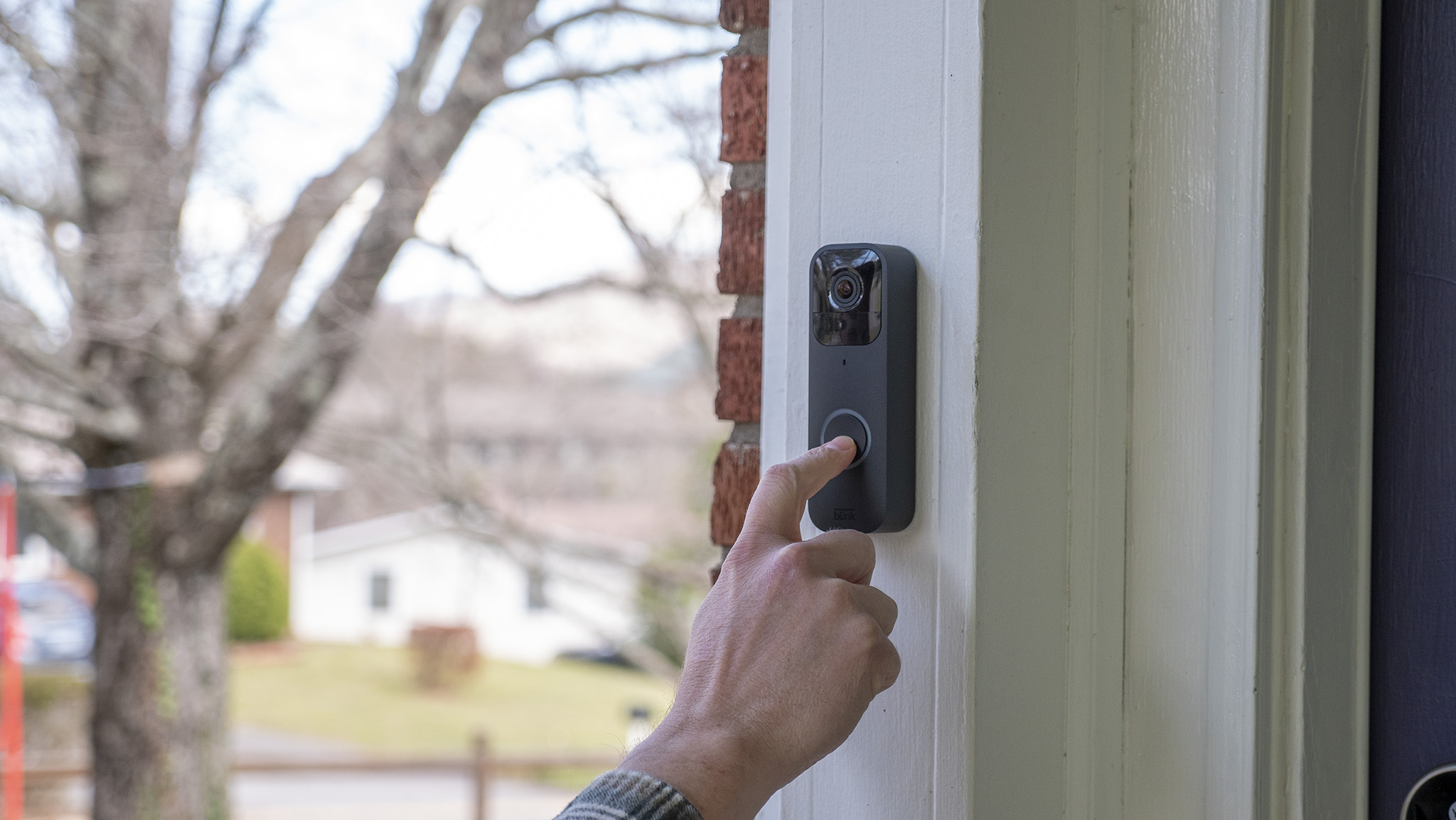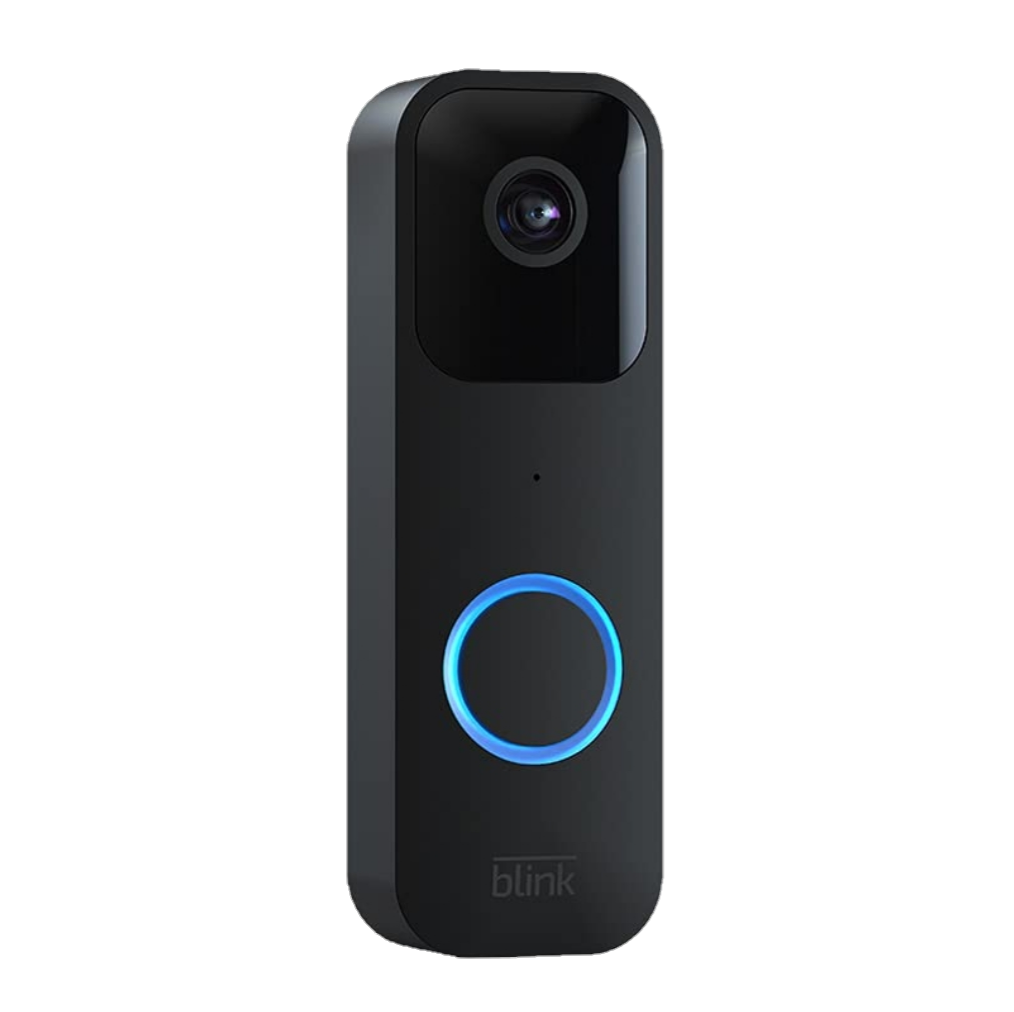Android Central Verdict
Blink Video Doorbell is a no-frills $50 video doorbell that gets the job done and offers a surprising amount of versatility, local storage options, and amazing battery life. The app looks ancient but is easy to use, generally works well, and ties in well with Amazon Alexa.
Pros
- +
Inexpensive
- +
2-year battery life
- +
Good video quality day or night
- +
Reliable motion detection
- +
Can be wired-up
- +
Supports local storage with a hub
Cons
- -
No advanced motion detection
- -
Can be a little slow sometimes
- -
App is still a bit clunky
- -
Only ties in with Alexa
Why you can trust Android Central
No matter which list of affordable smart cameras you look at, you’re sure to find at least one Blink camera on there. Sure enough, the Blink Video Doorbell doesn’t stray far from Blink’s other cameras in most ways. It’s powered by two AA batteries and promises a 2-year battery life — that’s an identical claim to all of Blink’s other battery-powered cameras — and the app ties in deeply with the Amazon Alexa ecosystem.
I’ve been using the Blink Video Doorbell since it was announced back in September, and I can guarantee that this video doorbell will give users better battery life than any wireless video doorbell I’ve used before. Even with motion notifications and hourly snapshot features enabled, too. There are no mincing words here: Blink Video Doorbell has some truly amazing battery life, making it one of the best smart doorbells.
This one also supports local video storage with a Blink Sync Module — either first or second-generation — and you won’t need to pay for a monthly subscription to get all the features, either. For $50, it’s nearly impossible to beat Blink at their own game. Read on in our Blink Video Doorbell review to find out why it fast became my favorite affordable wireless video doorbell.
Price and availability
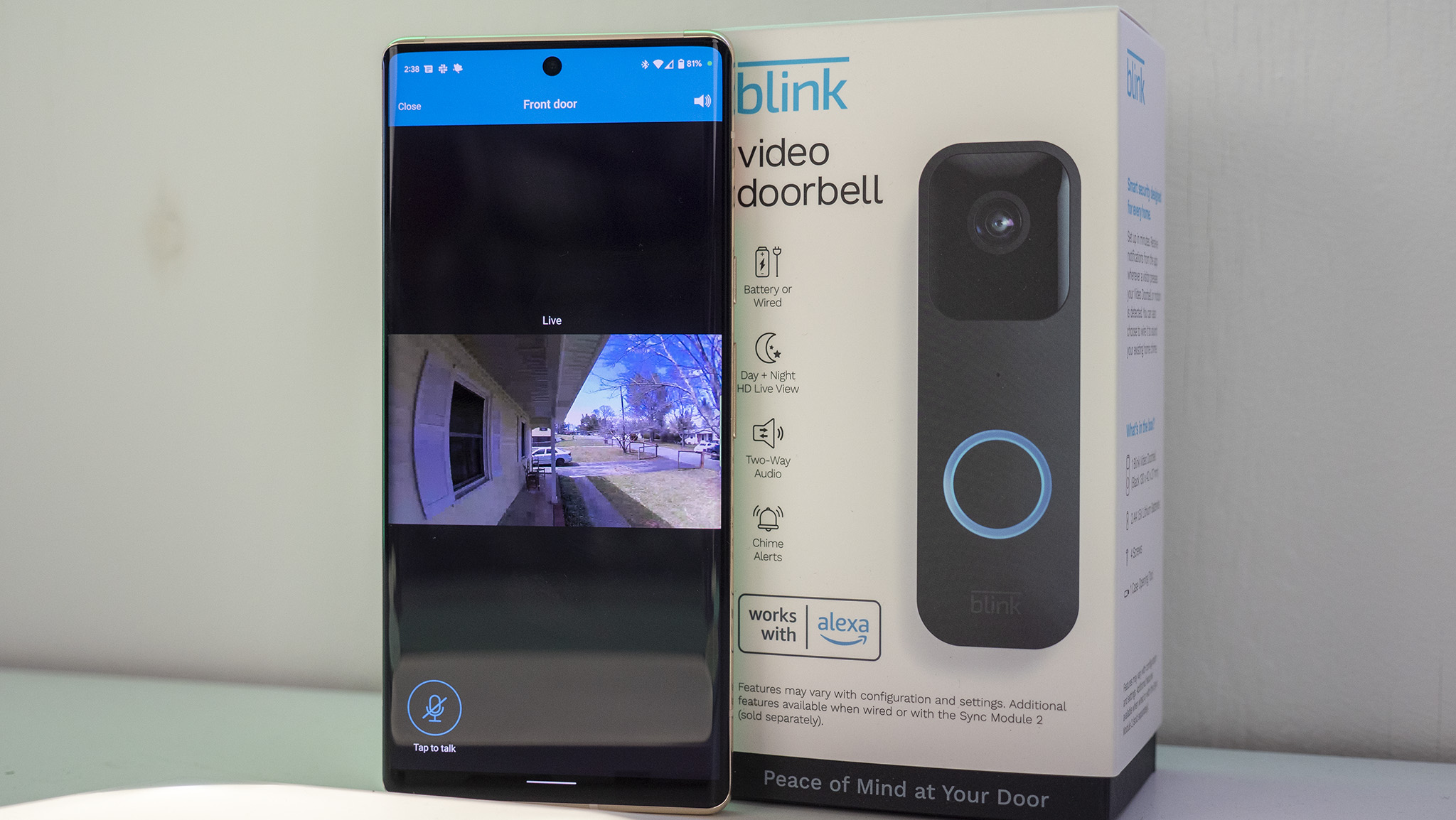
The Blink Video Doorbell first became available in Fall 2021 and is sold at the usual smattering of retailers including Amazon, Best Buy, and home improvement stores like The Home Depot and Lowes. The doorbell is available for $50 on its own and does not require a hub or any other hardware to function.
In order to get the best battery life, fastest wake-up times, and a full list of features, you’ll want to pair it with a Blink Sync Module. The Blink Sync Module 2 is available for $35 on its own, or you can buy a bundle that includes both the Blink Video Doorbell and Blink Sync Module 2 for $85. Blink Sync Module 2 also enables local video storage via any USB drive you plug into it.
If you’ve already got an existing Blink camera system in your home and happen to have the original Blink Sync Module, you’ll get both local and free cloud storage as per the terms of the original Blink Sync Module. Blink no longer sells this module so be sure to hold on to it if you have one.
What I liked
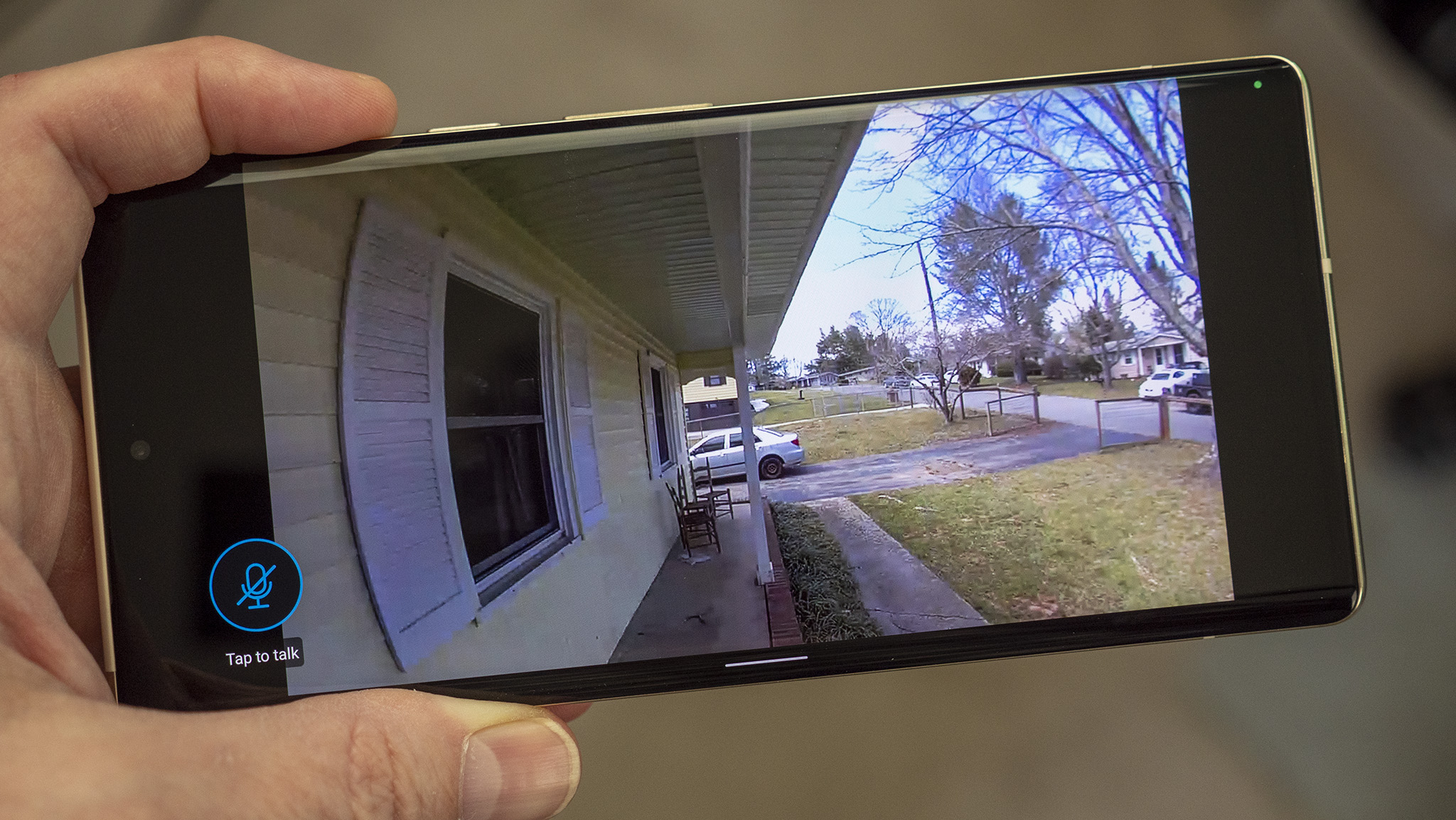
Oftentimes, when you spend just a fraction of the price of competing products, you have to deal with a lot of compromises. While this is true to an extent with Blink Video Doorbell, the feature gulf between products in the video doorbell industry isn’t quite as wide as you’ll find in the smartphone space.
Being able to store locally without requiring a subscription is a huge advantage for Blink — especially at this low price.
Specifically, being both extremely affordable and completely wireless puts the Blink Video Doorbell in a very small niche of products where it handily wins compared to those. To put it plainly, the only other wireless video doorbell I’ve used that I like better is the Arlo Essential Wire-Free Video Doorbell, but that’s four times the price at $200. Not only that, but Arlo requires a $3 per month subscription to get access to the best features.
Like Arlo’s doorbell, Blink Video Doorbell needs a hub to support local video recording storage, but that’s okay because Blink’s cost is so much lower than Arlo’s. Being able to store locally without requiring a subscription is a huge advantage for Blink — especially at this low price — because it keeps the cost of ownership down over time. Meanwhile, most other video doorbells will cost at least an extra $36 a year in addition to the initial purchase price.
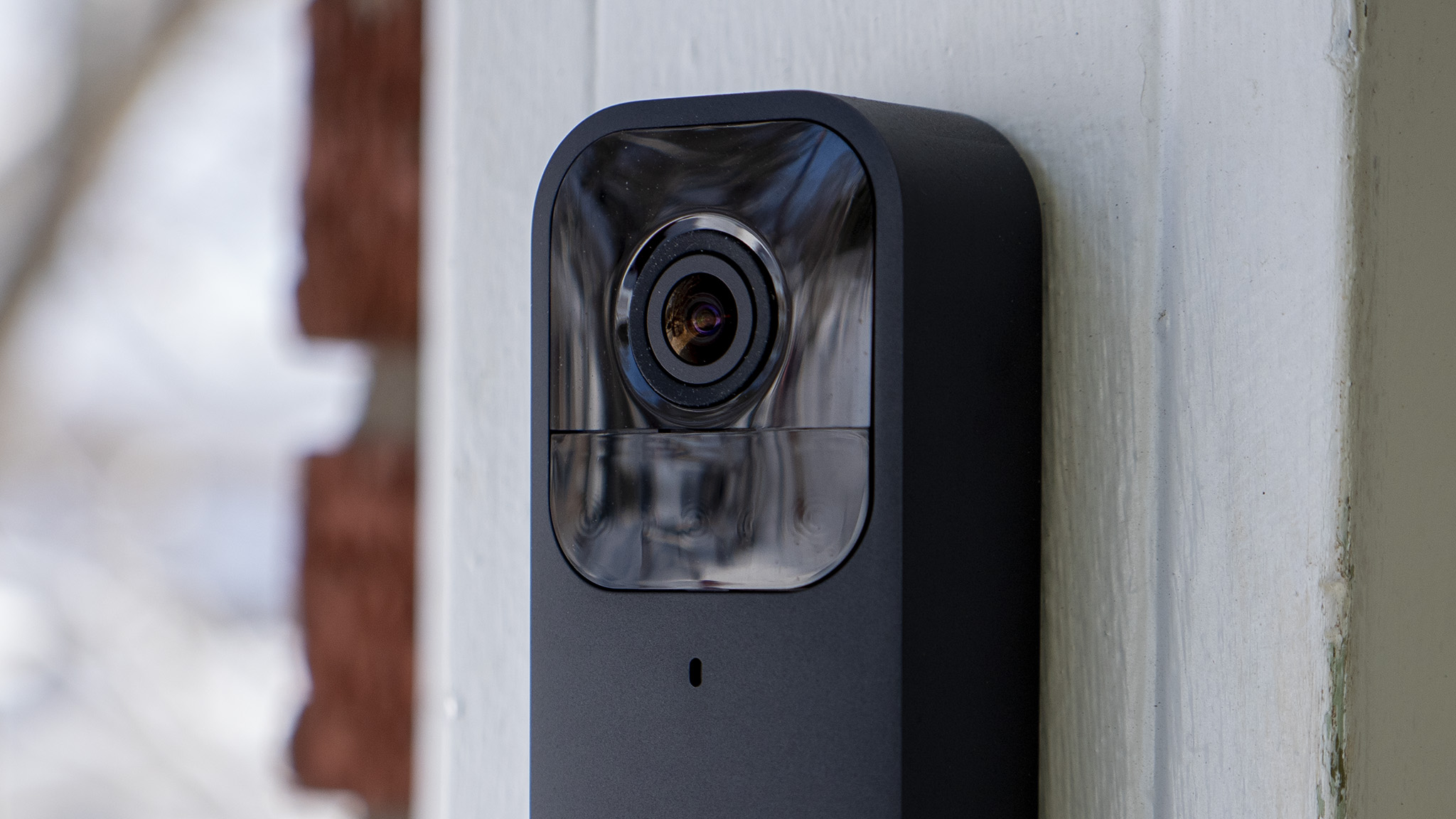
As someone who already has and uses Blink cameras, the Blink Video Doorbell seamlessly works with my existing system, including the older Blink Sync Module. Even better, because I have the original module, video is stored in the cloud for free. Folks with a Sync Module 2 will need to plug a USB drive of some kind into the unit for free local storage.
While the module isn’t required — yet another strength for Blink at this price — having a Blink Sync Module will also enable a few extra features like faster wakeup times when motion is detected. Otherwise, you’ll have to wait for the camera to re-establish connection to your home’s Wi-Fi before the stream begins since Blink operates in such an extremely low power state most of the time.
I was impressed with the video quality from Blink, which goes toe-to-toe with the competition in every category.
We use a Wi-Fi 6 mesh network to guarantee the best coverage in my home, but mesh networks don’t always play nicely with IoT devices. While adding them to a guest network is best for security and reliability — since guest networks almost always operate at 2.4Ghz — Blink Video Doorbell had no issues on my main mixed 2.4/5GHz network. The same can’t be said for all inexpensive video doorbells.
I was also impressed with the video quality from Blink, which goes toe-to-toe with the competition in every category. Compared to the Arlo Essential Wire-Free Video Doorbell — which, again, is four times the price — Arlo only won out because the aspect ratio is superior for this particular type of product. Even night vision was superb on the Blink which, again, is not something that can be said for all inexpensive video doorbells.
What I didn’t like
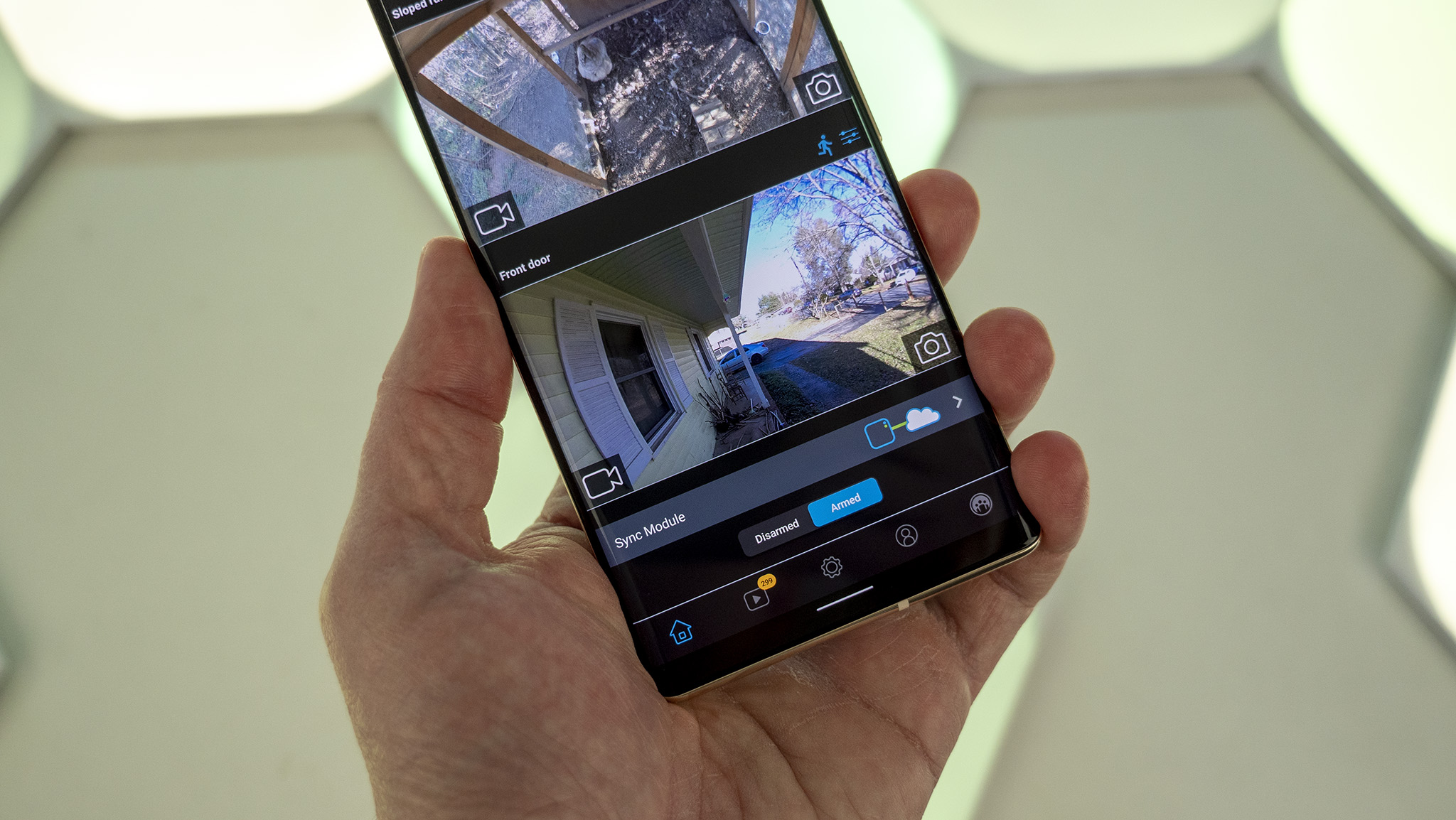
Inevitably, in a product that’s significantly less expensive than the competition, you’re going to have to deal with some caveats to the experience. Blink Video Doorbell isn’t a top-tier video doorbell, but that doesn’t mean it’s not good enough for folks who don’t care about all the bells and whistles that more expensive video doorbells have.
Like other Blink cameras, the video doorbell can take a little bit of time to wake up from its deep sleep state.
For starters, Blink uses an “old” style aspect ratio for its doorbell. That’s a 135-degree horizontal and 80-degree vertical viewing angle, which equates to a 16:9 horizontal video of your front door. That’s fine for faces, but many newer video doorbells feature a 1:1 or 4:3 aspect ratio picture to capture a full view of the person standing at the door.
Like other Blink cameras, the video doorbell can take time to wake up from its deep sleep state. Tapping the photo or video icons to view live footage might take 4-5 seconds before the video appears, and motion events can, subsequently, have a delayed recording.
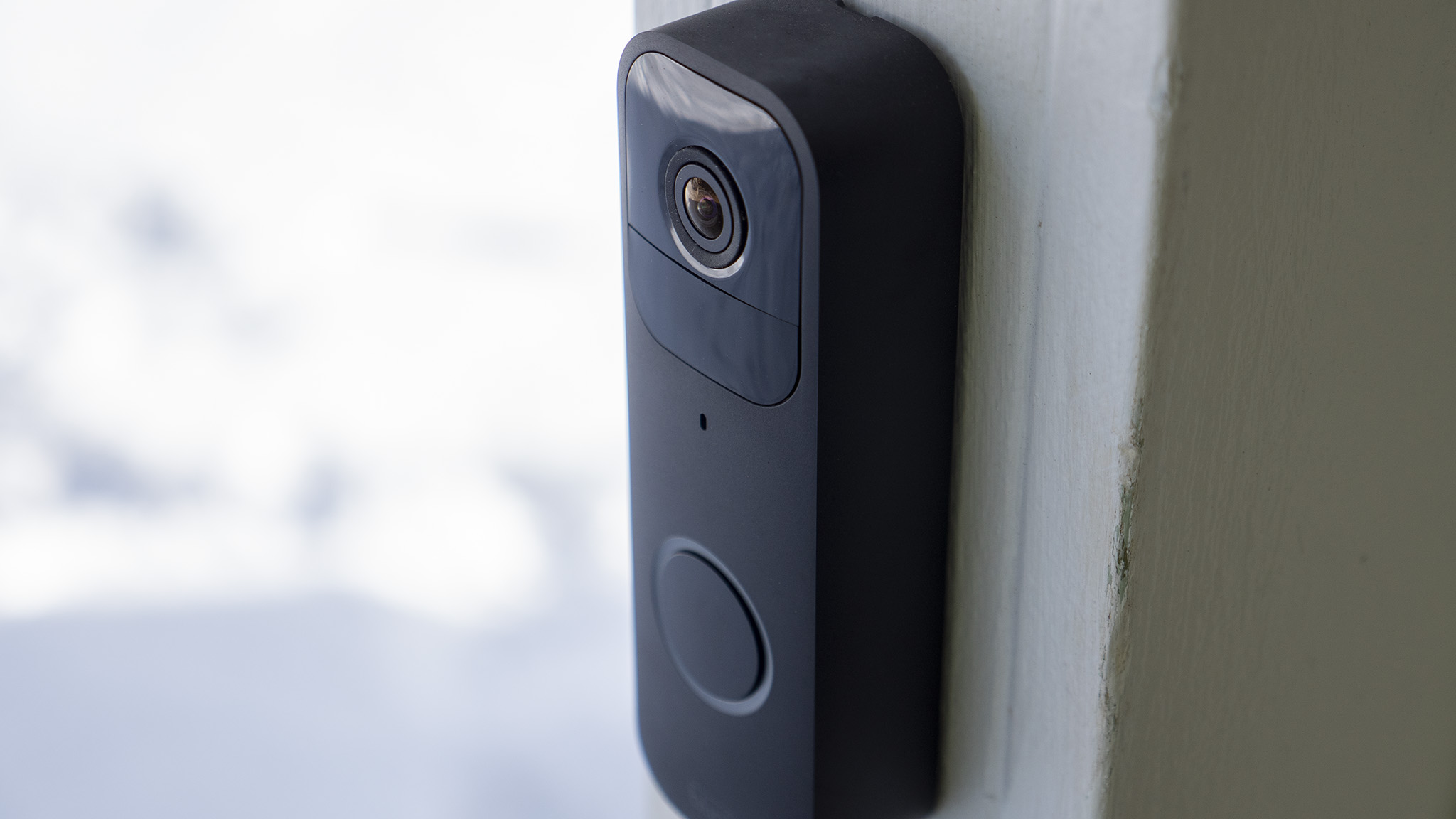
When a motion event occurs, it might take a second or two for the camera to wake up before recording. You probably won’t miss any of the action, but there’s always a possibility that the recording won’t start until the person in view is right in front of the doorbell.
The app also has some funny little quirks to get used to, as well. Tapping a motion notification takes you to a live video, as expected, but hitting back actually closes the app instead of navigating back to a list of recorded videos. You also can’t save photos taken from the doorbell, only videos.
There’s also no “advanced motion detection” like some other, more expensive video doorbells provide.
You’ll also find that motion events won’t provide notifications until you “arm” your entire Blink system in the app. You can toggle which cameras deliver notifications while the system is armed, but it seems a bit weird to have to toggle everything or nothing all at once instead of just enabling these things piecemeal like other cameras or video doorbells.
There’s also no “advanced motion detection” like some other, more expensive video doorbells provide. I didn’t have any issues with false motion alerts, but there’s always a chance that an unfortunately-placed bush or other objects could set yours off constantly. Blink offers the ability to block out motion detection in granular parts of the video, but that’s not always an option for everyone.
Lastly, if you’ve already invested heavily in a Google Home or Apple HomeKit smart home, Blink Video Doorbell will be a lackluster addition to your smart home. That’s because it only works with Amazon Alexa. As a person who has a very mixed smart home, this isn’t a big deal for me, but it’s a notable set of missing features that will irk some folks.
The Competition
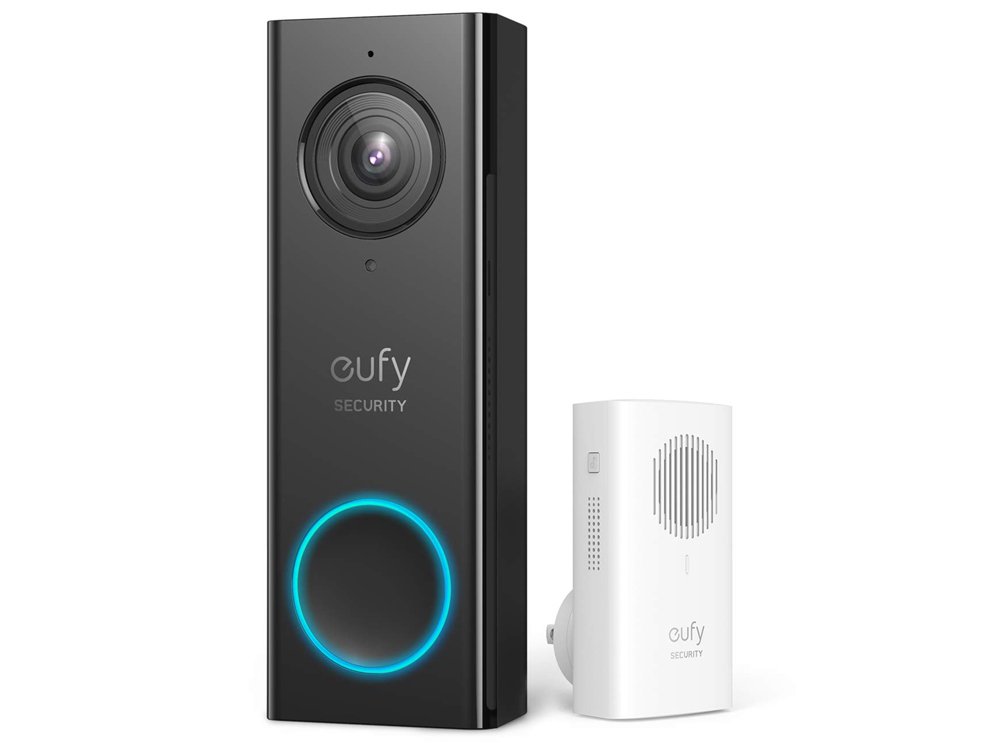
The closest competitor is the Eufy Video Doorbell, which costs more than Blink at $100. Eufy ships its doorbell with a wireless chime that plugs into the wall — which Blink doesn’t support — and the Eufy Video Doorbell also stores footage locally on the doorbell itself. Additionally, Eufy offers human-only motion detection and, while it can be hit or miss sometimes, is a nice feature to have. Eufy also offers a better aspect ratio, making this a better video doorbell overall, even if it costs twice the price.
If you’ve already got some Ring devices in your smart home, the Ring Video Doorbell Wired is an excellent choice at just $60. This one also offers a people-only detection mode, 6-second pre-roll footage — which will catch the action just before it actually happens — and rich notifications with the thumbnail preview right in the notification. The downsides are that it has to be wired — there’s no battery-powered option — and you’ll need to subscribe to a Ring Protect plan to get most of these features.
Should you buy it?
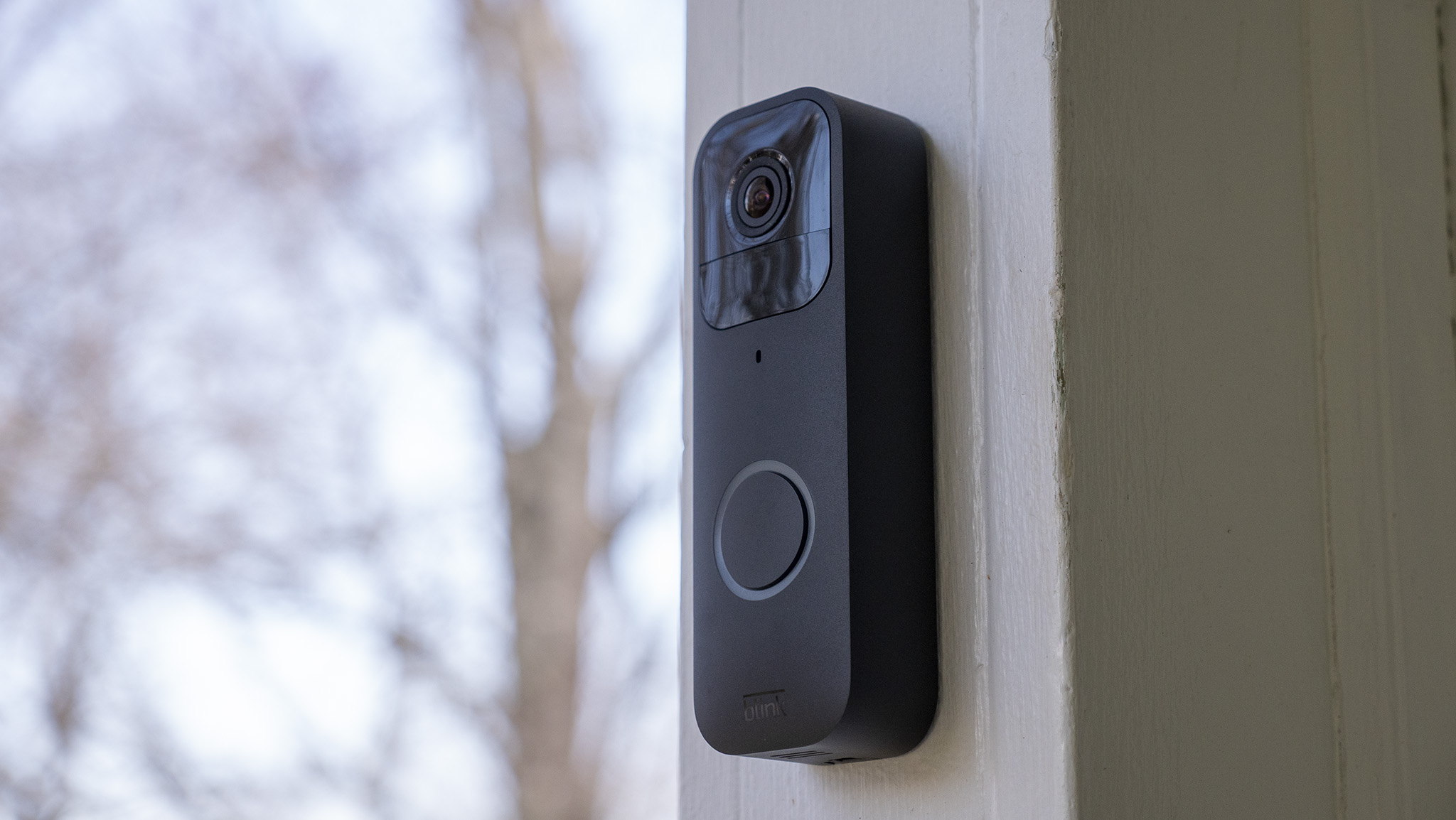
You should buy this if...
- You need a wireless video doorbell on the cheap
- You don’t want to pay for a subscription plan
- You want a video doorbell that can store recordings locally
You shouldn't buy this if...
- You have trouble with “standard” motion detection
- You want AI-powered object detection
- You want your video doorbell tied in with Google Home or Apple HomeKit
At $50, it’s hard to argue with the Blink Video Doorbell’s shortcomings. Sure, there’s quite a bit it’s missing when compared to some of the more expensive options out there, but the fact that it can store video recordings locally and doesn’t require a subscription for any of its features means the cost of ownership starts low and stays low over time.
Blink Video Doorbell has the best battery life of any video doorbell you’ll find anywhere, and it doesn’t even skimp out on video quality, night vision, or motion detection to achieve it. Really, the biggest downsides are the antiquated 16:9 aspect ratio and the fact that it doesn’t tie in at all with Google Home or Apple HomeKit. So long as those things don’t bother you, though, this is a winner of a product for a fraction of the price of the competition.

